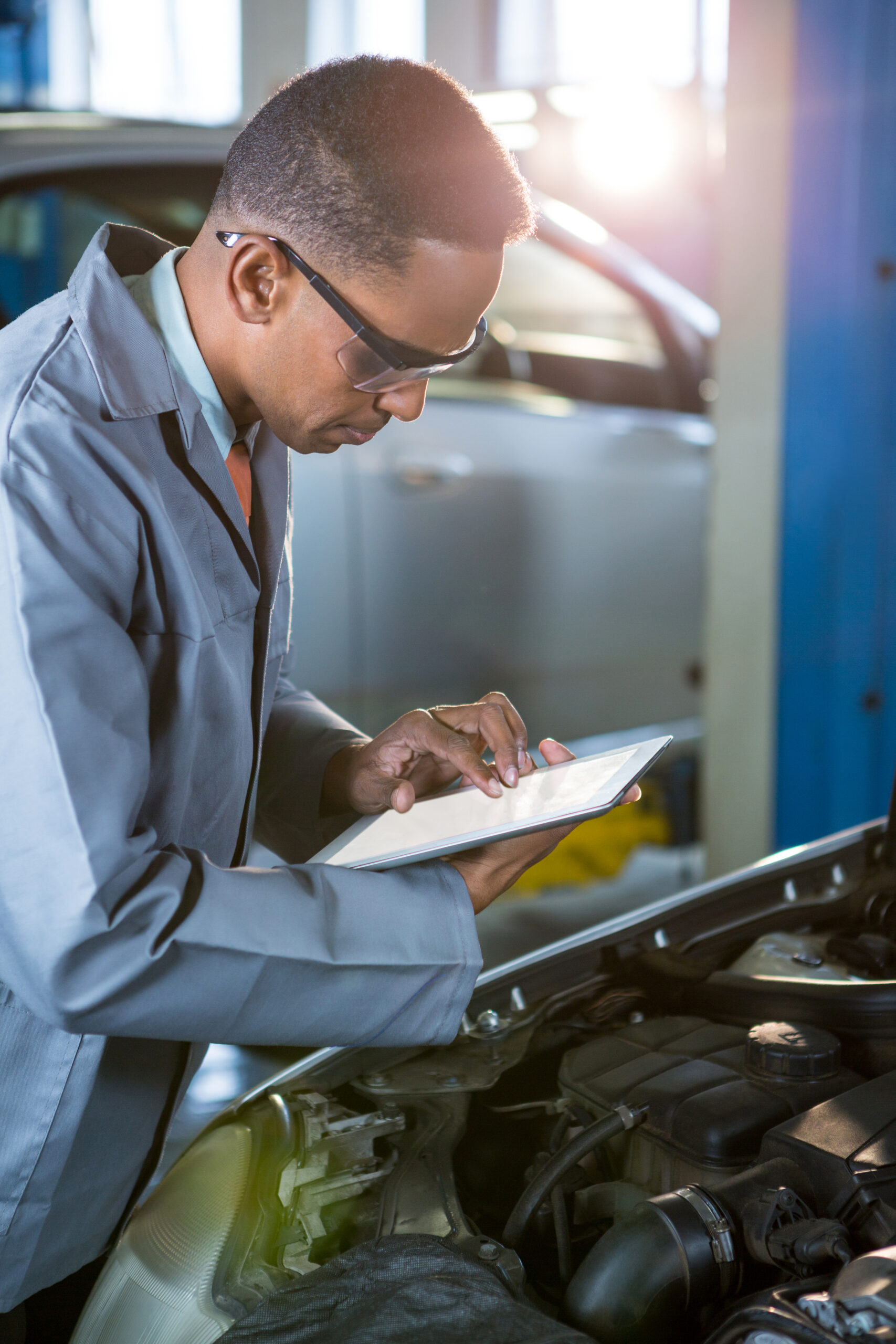Owning a vehicle is a commitment that comes with the responsibility of maintenance and care. Proper upkeep not only ensures the longevity of your vehicle but also enhances its performance and safety on the road. Whether you are a seasoned driver or a novice behind the wheel, understanding the essentials of vehicle maintenance is crucial. Here’s your ultimate guide filled with tips and tricks to keep your vehicle running smoothly.
1. Regular Maintenance Checks
Routine inspections are fundamental to vehicle ownership. Regularly checking the engine, brake system, and tires can prevent small issues from developing into more significant problems.
Engine Maintenance
– Oil Changes: Changing your oil every 3,000 to 5,000 miles—or according to your vehicle’s manual—is essential. Clean oil lubricates the engine parts, enhancing their function and longevity.
– Air Filters: Replace or clean your air filters as needed. A clear air filter improves fuel efficiency and increases engine performance.
– Belts and Hoses: Check for cracks, fraying, or wear regularly. Faulty belts and hoses can lead to costly engine repairs.
Brake Check
Brakes are vital for your safety. Regularly inspect:
– Brake Pads: Look for signs of wear and replace them as needed.
– Fluid Levels: Ensure that brake fluid is at an appropriate level for optimal braking performance.
Tire Care
Tires are the only point of contact between your vehicle and the road, making their care critical.
– Tire Pressure: Regularly check and maintain correct tire pressure as recommended in your owner’s manual or on the vehicle door jamb.
– Tread Depth: Use the penny test to check tread wear. If you can see the top of Lincoln’s head, it’s time to replace your tires.
– Rotation: Rotate tires every 5,000 to 8,000 miles to achieve even wear, which prolongs tire life.
2. Cleaning and Detailing
A clean vehicle not only looks good but can also increase its resale value. Regular washing, waxing, and interior upkeep are essential.
Exterior Care
– Washing: Regularly wash your vehicle to remove dirt, grime, and salt that can cause rust. Use a pH-balanced car shampoo and a soft sponge or cloth.
– Waxing: Wax your car every three months to protect the paint and provide a glossy finish. This also helps defend against UV rays and chemical contaminants.
Interior Cleaning
– Vacuuming: Regularly vacuum your seats and carpets to remove dirt and debris.
– Dashboard Maintenance: Use microfiber cloths and non-abrasive cleaners for the dashboard and other surfaces to prevent damage.
– Upholstery Care: Treat any stains immediately with a suitable upholstery cleaner to keep your seats looking fresh.
3. Fluid Checks
Fluids are the lifeblood of your vehicle. Regularly checking and maintaining them can prevent significant mechanical failures.
Essential Fluids
– Engine Oil: As mentioned, maintain clean oil levels.
– Coolant: Regularly check coolant levels to avoid overheating engines. Use only the recommended type of coolant.
– Transmission Fluid: Ensure your transmission fluid is at the right level and color. If it’s dark or burnt-smelling, it’s time for a change.
4. Battery Maintenance
A dead battery is one of the most common breakdown reasons. To prevent issues:
– Check Connections: Ensure battery terminals are clean and tight. Corroded connections can hinder performance.
– Battery Health: Test the battery periodically, especially before winter when cold weather can affect battery life.
– Replace When Necessary: Most batteries last between 3 to 5 years. Keep an eye on its performance and replace it as needed.
5. Smart Driving Habits
How you drive can significantly impact your vehicle’s health. Adopting smart driving behaviors is part of good vehicle care.
– Smooth Acceleration and Braking: Gradually accelerate and slow down to prevent undue stress on the engine and brake system.
– Avoiding Short Trips: Frequent short trips can inhibit engine heat and cause moisture to build up. If possible, combine errands for longer trips.
– Observe Speed Limits: Driving at high speeds can cause increased wear on tires and brakes and lead to more fuel consumption.
6. Interior and Exterior Protection
To maintain your vehicle’s value and appearance, consider protective measures.
Exterior Protection
– Paint Protection Film: Consider applying a protective film to guard against scratches and chips.
– Sunshade: Use a sunshade when parked to protect interior materials from UV exposure and prevent overheating.
Interior Protection
– Floor Mats: Use all-weather floor mats to protect against spills and dirt.
– Seat Covers: Consider using seat covers to protect upholstery from wear, particularly in high-traffic areas.
7. Keeping Records
Maintaining a detailed log of your vehicle’s maintenance history is advisable. This not only helps ensure timely maintenance but also adds value when it’s time to sell.
– Log Specifics: Note dates, mileage, and service performed. Record any repairs or replaced parts.
– Follow Manufacturer Guidelines: Refer to your owner’s manual for specific maintenance recommendations and timelines.
Conclusion
Proper vehicle care is essential for every driver. Regular maintenance checks, fluid monitoring, detailed cleaning, and smart driving habits contribute significantly to the health of your vehicle. By following these tips and tricks, you not only protect your investment but also enhance your driving experience.
For those looking to elevate their vehicle care, consider premium engine care options. Experience premium engine care—visit any 11PLC filling station nationwide today for the best Mobil Lubricants. Your vehicle deserves nothing less! By committing to these practices, you ensure that your vehicle remains in excellent condition for years to come.

